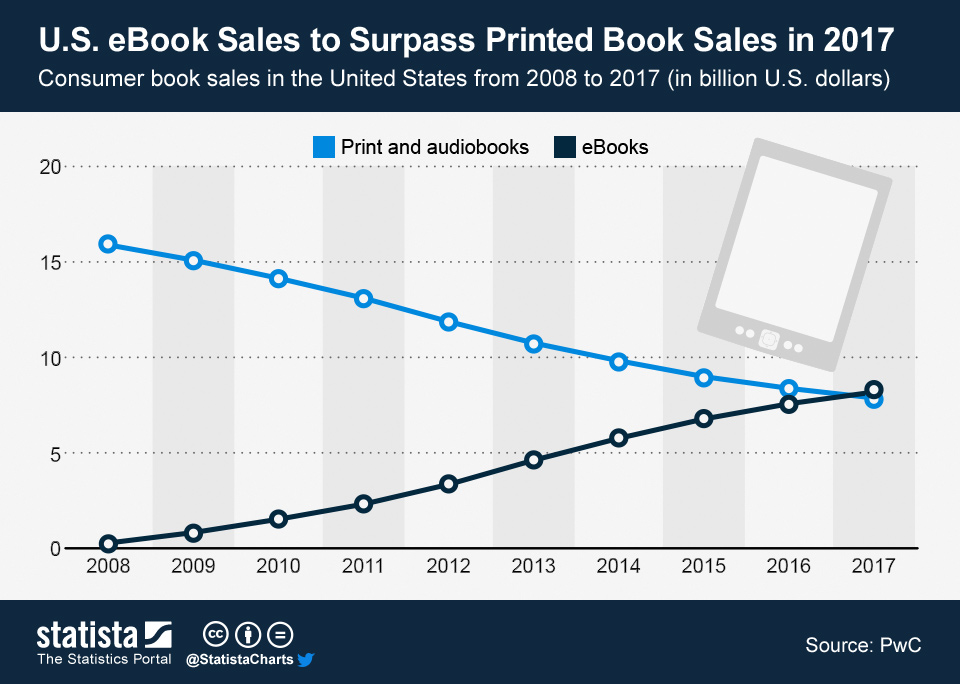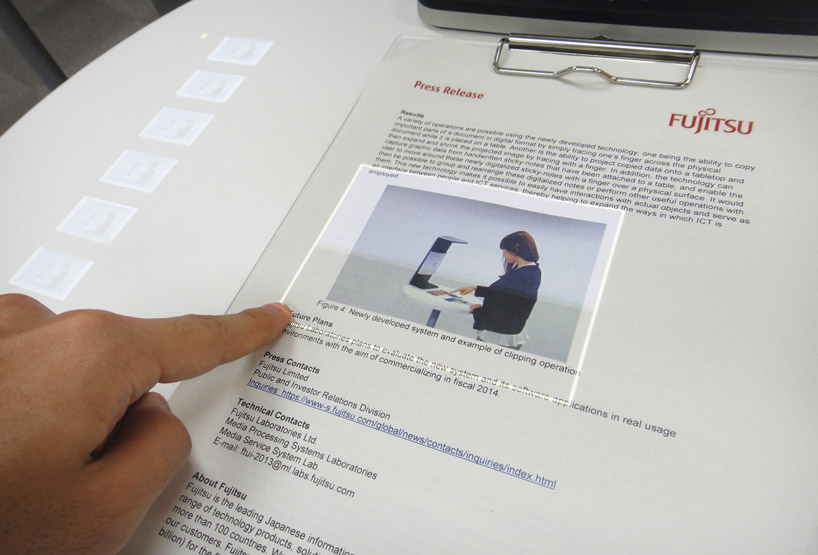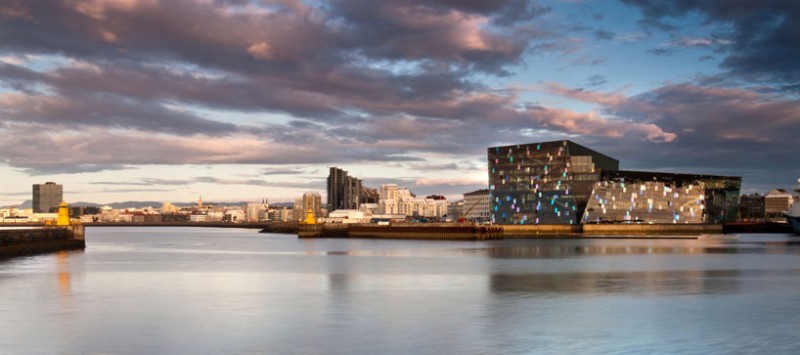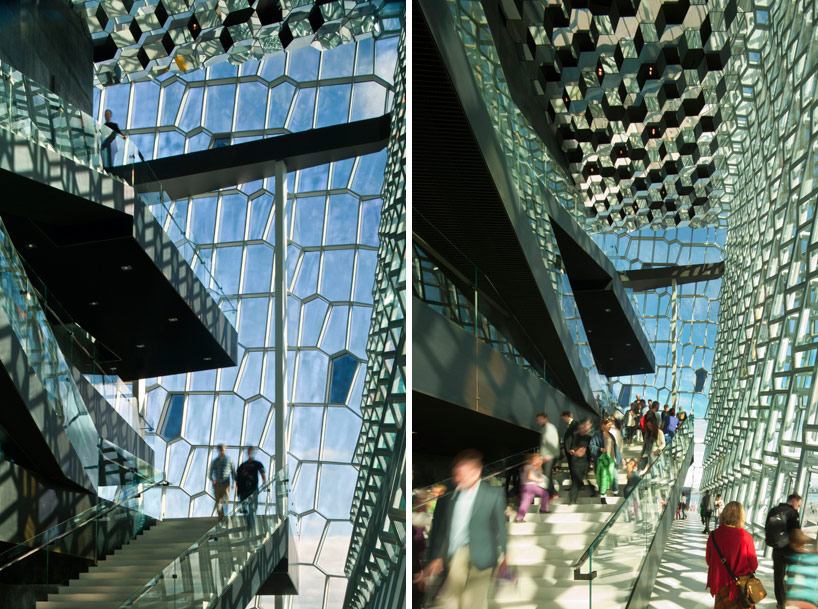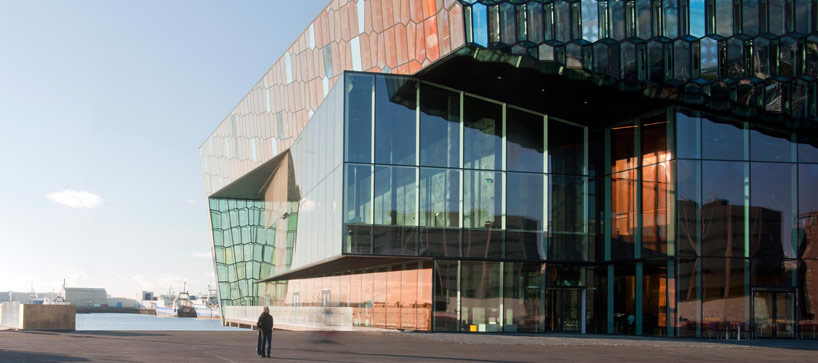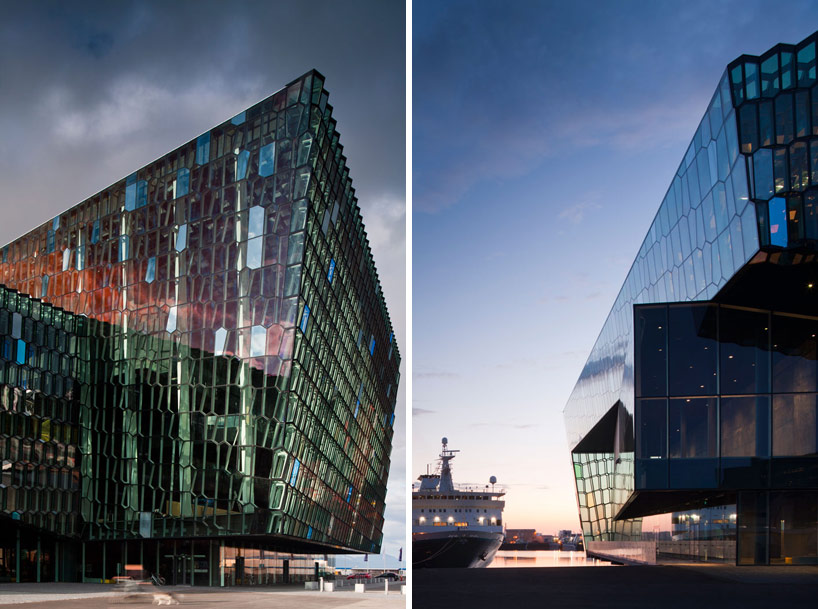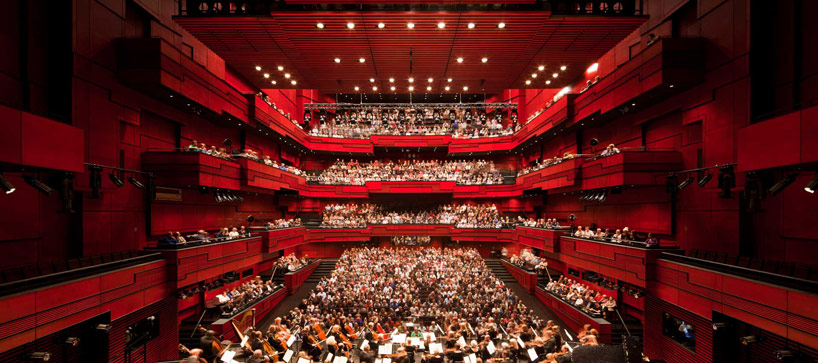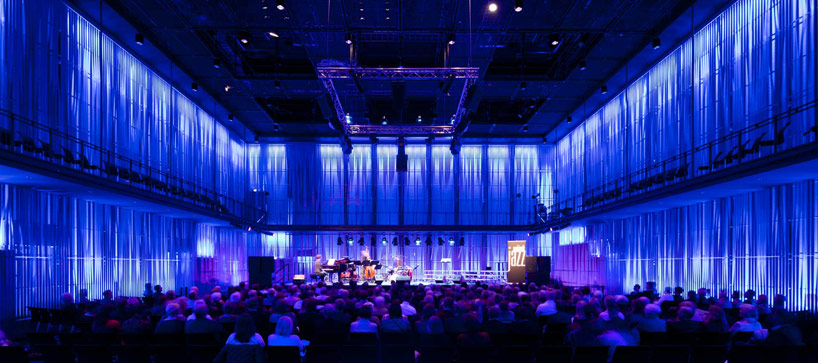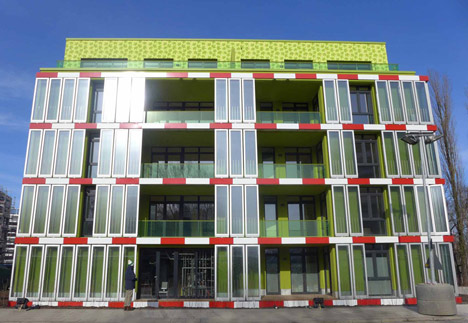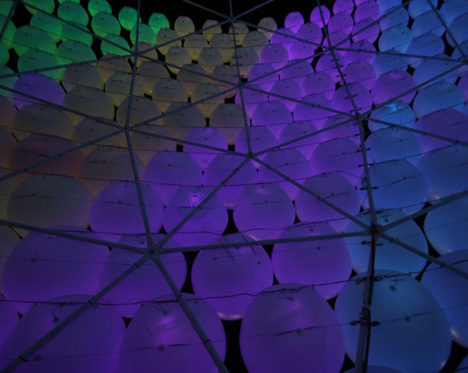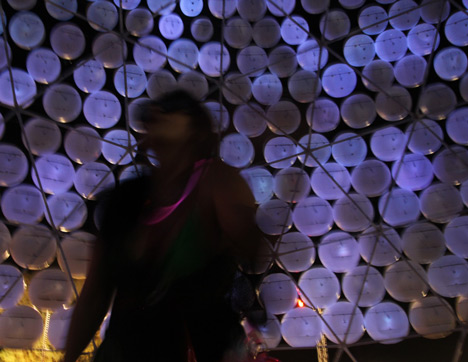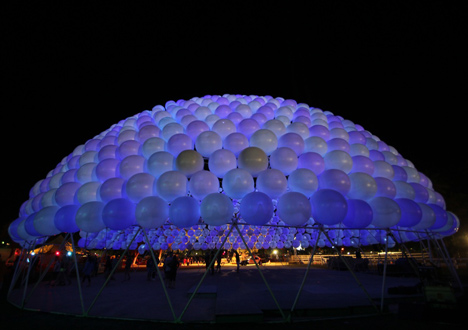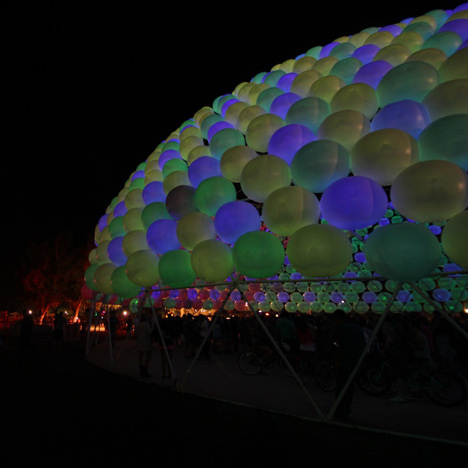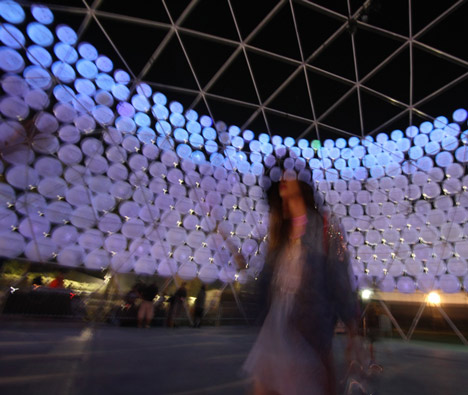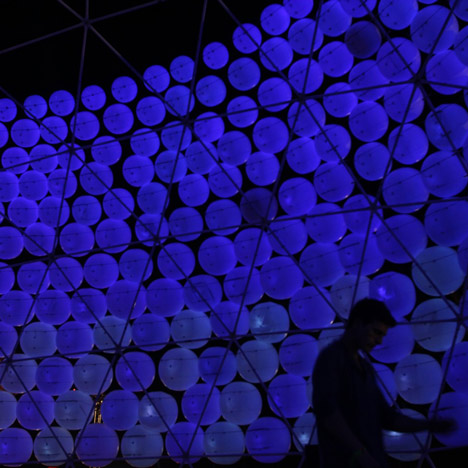What’s New
15 Must See Interactive Youtube Ads
Interactive ads on Youtube are great, but they are still an underused way for creating awesome and catchy commercials.
Many businesses are already experimenting with interactive video and some have got considerable success. That inspired me to pick out the best 15must-see interactive Youtube ads. Some of them are produced with a huge budget, some of them for nothing at all.
fujitsu’s augmented reality touchscreen interface
first image
fujitsu’s mindblowing augmented reality touchscreen interface
image © diginfo
fujitsu laboratories has developed an augmented reality user interface which can accurately detect the users finger and what it is selecting, creating an interactive touchscreen-like system using off-the-shelf cameras and projectors. from the technology, real-world information such as text from books or printed images can be imported from a document. the function enables a user to trace a finger across a document on a table, copy it as digital data, and display it virtually.
‘we think paper and many other objects could be manipulated by touching them, as with a touchscreen. this system doesn’t use any special hardware;it consists of just a device like an ordinary webcam, plus a commercial projector. its capabilities are achieved by image processing technology.’
touchscreen interface for seamless data transfer between the real and virtual world
video courtesy diginfonews
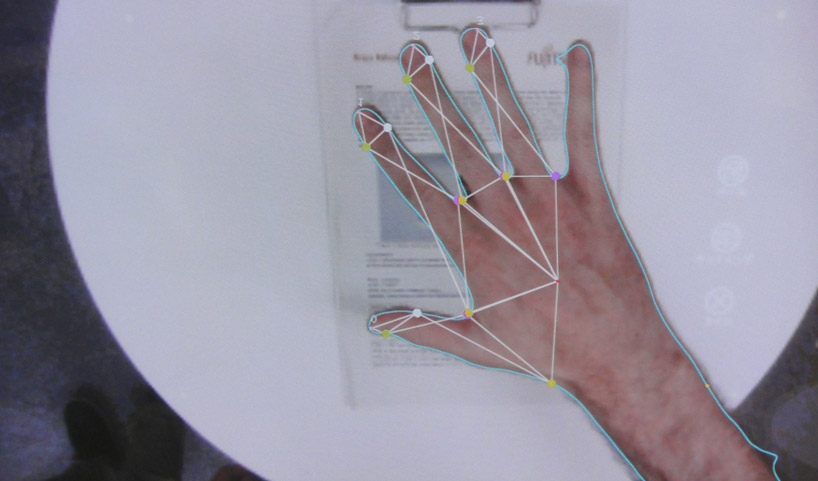
augmented camera capture
image © diginfo
recognizing and converting coordinates of physical objects and ICT equipment
image courtesy fujistu
the technology that uses a camera to automatically measure irregularly shaped objects on a table and then automatically adjust the coordinate systems for the camera, projector and the actual objects. this makes it possible for the software to take the finger movements and touching of objects made by the user, and then match them with the digital display projected onto physical objects.
stabilization of finger recognition technology
image courtesy fujistu
the system recognizes the shape of the user’s fingers by extracting the fingers’ colors and contour features. other controls the color and lighting of the camera image, depending on the surrounding ambient light, along with technology that corrects for differences among individual fingers. a stable extraction of the form of the user’s fingers, one that is minimally impacted by the environment and individual variations, can be obtained.
accurate and rapid fingertip recognition technology
image courtesy fujistu
by enhancing images of the user’s fingertips, the technology is able to obtain a level of precision that is sufficient for touch detection, even using low-resolution images that can be captured on a regular webcam. moreover, the technology is capable of fingertip tracking speeds of 300 mm per second, thereby enabling it to follow natural finger movements.
harpa concert hall wins 2013 mies van der rohe award
first image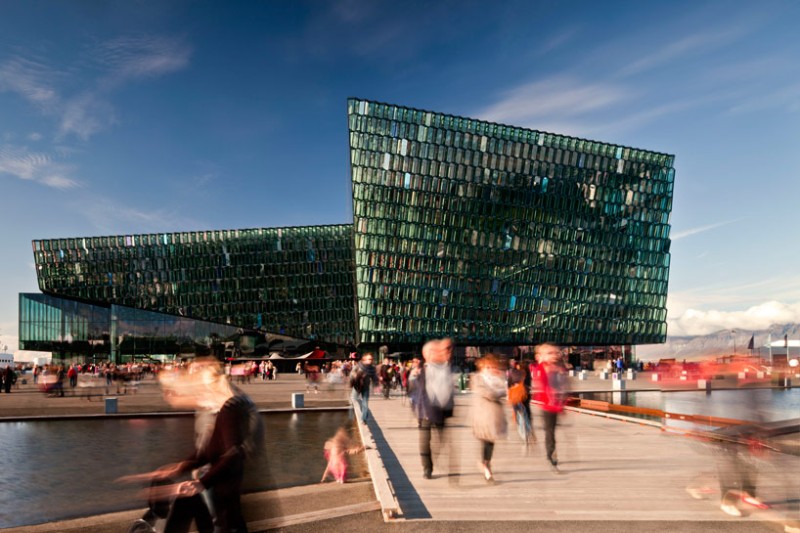
‘harpa concert hall’ by henning larson architects, reykjavik, iceland
image © nic lehoux
all images courtesy of henning larson architects
the ‘harpa concert hall and conference center’ by danish practice henning larsen architects has just been announced the winner of the 2013 mies van der rohe award, one of the european union’s most prestigious honors in contemporary architecture. the project was selected from a pool of 355 structures
from 37 european countries, and from a panel of 5 finalist which included the ‘market hall in ghent’ by robbrecht en daem architecten + marie-josé van hee, the ‘superkilen urban park‘ by BIG architects, topotek1 + superflex, the ‘house for elderly people’ by aires mateus arquitectos, and the ‘metropol parasol‘ by j. mayer h. architects. congratulations go out to the teams and people involved in the realization of the project. see our previous article of the harpa concert hall and conference centre’s earlier stages of construction here as well as their final construction stages here.
interior circulation
image © nic lehoux 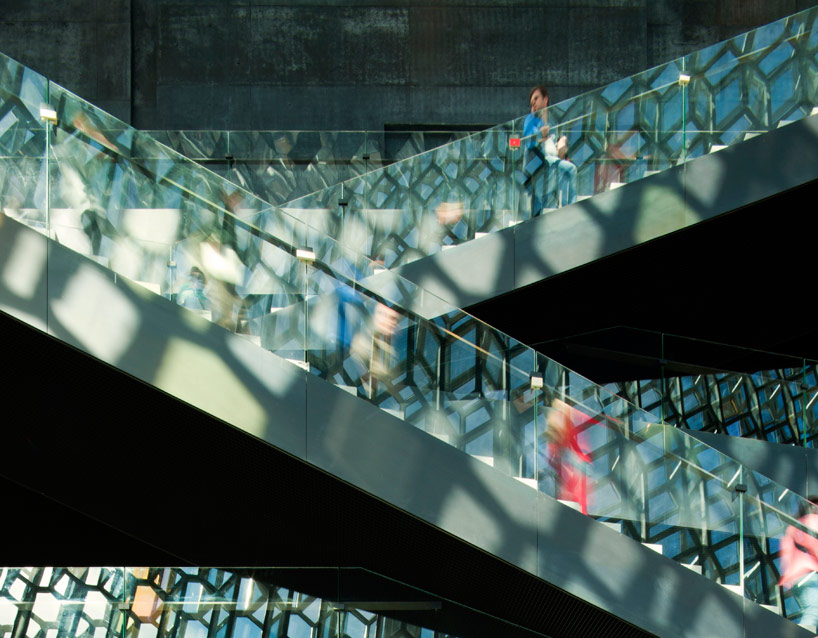
reflections off the characteristic glass facades
left image © nic lehoux
right image courtesy of henning larson architects
How Parody Inspires Great Design
iHave no idea about the iWatch. But iKnow intriguing innovation inspiration when iSee it. The rumored iWatch, much like Apple’s rumored TV, has been a source of frenzied speculation. How might the company that reinvented mobile music, cellular telephony, tablet computing, touchscreen interfaces and downloadable apps reimagine the wristwatch? Just how terrified should Piaget, Rolex and Patek Philippe be?
Design Thinking
Thomas Edison created the electric lightbulb and then wrapped an entire industry around it. The lightbulb is most often thought of as his signature invention, but Edison understood that the bulb was little more than a parlor trick without a system of electric power generation and transmission to make it truly useful. So he created that, too.
Ideation: How do you generate new ideas?
Experimentation: How do you bring your ideas to life?
The world’s first building to be powered entirely by algae
News: the world’s first building to be powered entirely by algae is being piloted in Hamburg, Germany, by engineering firm Arup.
The “bio-adaptive facade”, which Arup says is the first of its kind, uses live microalgae growing in glass louvres to generate renewable energy and provide shade at the same time.
Installed in the BIQ building as part of the International Building Exhibition, the algae are continuously supplied with liquid nutrients and carbon dioxide via a water circuit running through the facade.
When they are ready to be harvested they are transferred as a thick pulp to the technical room inside the building and fermented in a biogas plant.
The facade also absorbs heat from the sun to warm the building’s hot water tank, while sunny weather encourages the algae’s growth to provide more shade for the building’s occupants.
“To use bio-chemical processes for adaptive shading is a really innovative and sustainable solution, so it is great to see it being tested in a real-life scenario,” said Jan Wurm, a research leader at Arup.
“As well as generating renewable energy and providing shade to keep the inside of the building cooler on sunny days, it also creates a visually interesting look that architects and building owners will like,” he added.
The project was led by Arup in cooperation with German consultancy SSC Strategic Science Consult and the building was designed for the exhibition by Austrian firm Splitterwerk Architects. The shading louvres were made in Germany by Colt International.
The International Building Exhibition in Hamburg continues until 3 November.
Algae-powered buildings have until now remained in the conceptual stage, with ideas for a building covered in modular algae pods and a biofuel-powered skyscraper in London previously featuring on Dezeen – see all algae architecture and design.
The Dome by Héctor Serrano at Coachella
Revellers at this year’s Coachella festival in California can visit a silent disco inside a dome of colour-changing balls by Spanish designer Héctor Serrano (+ slideshow).
Produced by Borealis, the installation arm of Serrano’s studio, The Dome is built from nearly 1000 inflated PVC spheres with LED lights at their centres. “They’re kind of like beach balls,” Serrano told Dezeen.
Each LED is connected to a computerised system, which relays a combination of around 50 different patterns of light and colour. The program can be downloaded to a smartphone or tablet, making it easy to alter the sequence.
Cables fix each of the balls around the skeletal framework of the dome.
Serrano says he originally planned to rent a much smaller structure, but ended up using a dome that Coachella already owned.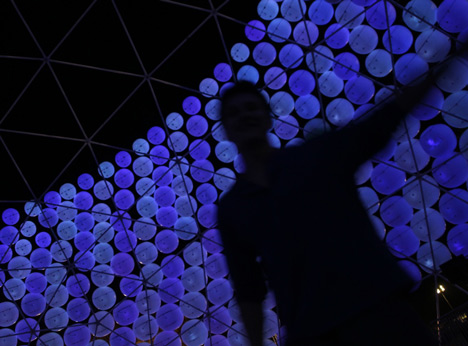
“It’s four times bigger than our original proposal,” he explains. “We had to have the balls custom made in China to get them ready in time.”
The structure was installed for the two weekends of the annual music festival and will be dismantled later this month.
Héctor Serrano is based in London. Past projects by the designer includea speaker designed to look like a computer icon and a set of accessories for turning balloons into animal heads. See more design by Héctor Serrano.
Other designs we’ve featured from music festivals include tree-mounted urinals at Roskilde in Denmark and star-shaped lights from Burning Man festival in Nevada.
Design For Asia Award 2013
HKDC(Hong Kong Design Center)
HKDC is active in organizing events and activities that promote the use of design in business. We are the first organization in Hong Kong dedicated to using all our resources in promoting design development among different disciplines. We take the leadership role in being the focal point of design in Hong Kong.
By creating a sense of belonging among designers in Hong Kong, this offers a united platform where ideas, knowledge and information can be shared not just throughout the design community but also local business sectors as well.
read more: Design For Asia Award Official website : http://www.dfaaward.com/2013/page/en/index/
